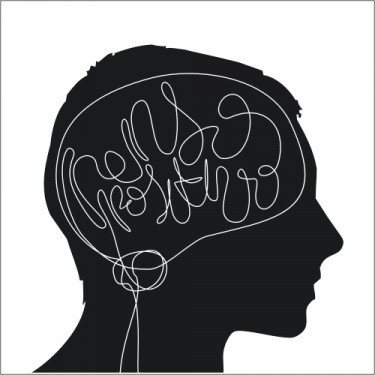Spend some time in silence. Silence is one of the best ways of cultivating self-awareness. When you’re talking, you don’t realize how noisy your mind is. When you’re practicing silence. you’re trying to step back from your reactivity to your mind. That atone is a profound insight. Practicing silence can also be a way of conserving prana, or ‘life force. When you speak a lot, you are using up prana. So unplug your Pod, hide your BlackBerry, and commit to a period of silence—as short as a 10-minute tea break or as luxurious as a whole day. Initially. being quiet can feel agitating, but simply notice your urge to speak or to take in other people’s words or ideas. See if you can appreciate all the ambient noises: the sounds of birds, wind in the trees, the movements of other people, even traffic. soon, you’ll likely find the respite from speech to be deeply restful. After a period of silence, my students find that they are more alert and even need less sleep.
Bake bread, knit a cap, build a birdhouse, design your own thank-you notes. Creating something may feel like a small way of enriching the world, but making something with your hands can be an active meditation, an opportunity to take a break from conscious thought and allow yourself to freely engage with your creative side. By simply creating a quiet state of being, you begin to notice—notice your thoughts, notice your feelings, and notice the workings of your mind and experience.” Like the practice of yoga, creative acts are about the process, not the result; your sense of satisfaction when you pull on a warm hat you made yourself, mail a beautiful card to a friend, or bite into a sandwich on homemade bread is lust an added benefit.
As an antidote to striving for success in all that you do (including asana), devote one practice a week to poses that quiet, nourish, and center. Begin your restorative practice by sitting quietly for a few moments and connecting with your breath. Next, warm up movement that gently stretches your muscles, such as Cat-Cow Pose and Happy flab Pose. Move into postures like Supta Baddha Konasana (Reclining Bound Angle Pose) Padangusthasana (Reclining Hand-to—Big-Toe Pose), and Viparita Karani, followed by an extended Savasana (Corpse Pose). If doing a restorative practice on your own sounds daunting, try a restorative class and it will take no time to lead you into a more positive state of mind.









